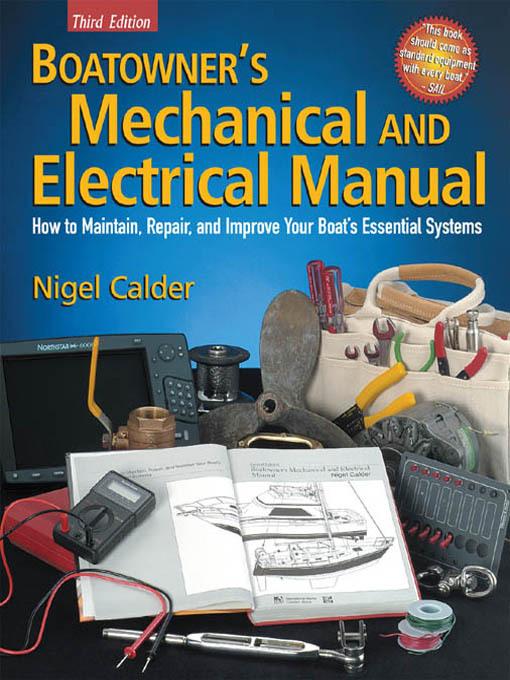Tellico Bob
Senior Member
- Joined
- Nov 14, 2014
- Messages
- 104
- Location
- USA
- Vessel Name
- Twilight Time
- Vessel Make
- 1986 48' Californian MY
I have a 1986 48 MY and from day one I have been concerned how the three battery banks were wired. The boat came with a 1989 Carver owners manual and the wiring diagrams made no sense. The leads from the three batteries did not go to the starters but rather to two battery switches. What I found was they were wired to what you would call the output terminals rather than the input terminals and the normal input terminals were connected. I found one wire coming off the input terminal going to the Port Engine starter. From the port engine starter there was a wire to the Gen Set starter and another to the Starboard Starter. From the S/B starter is a wirer to the main house breaker. If the left battery switch is on number 1 and the right switch is off battery number one is the only 12 volt source on the boat. If on number 2 then battery number 2 is the only power source. When I bought the boat both switches were in the Both position. In this position all three batteries were tied together. If you have a 1986 thru 89 MY you should check to see how your boat is wired. I have not been able to find anyone who sees this as the correct way to wire a boat. Will be rewiring everything this winter. FYI


